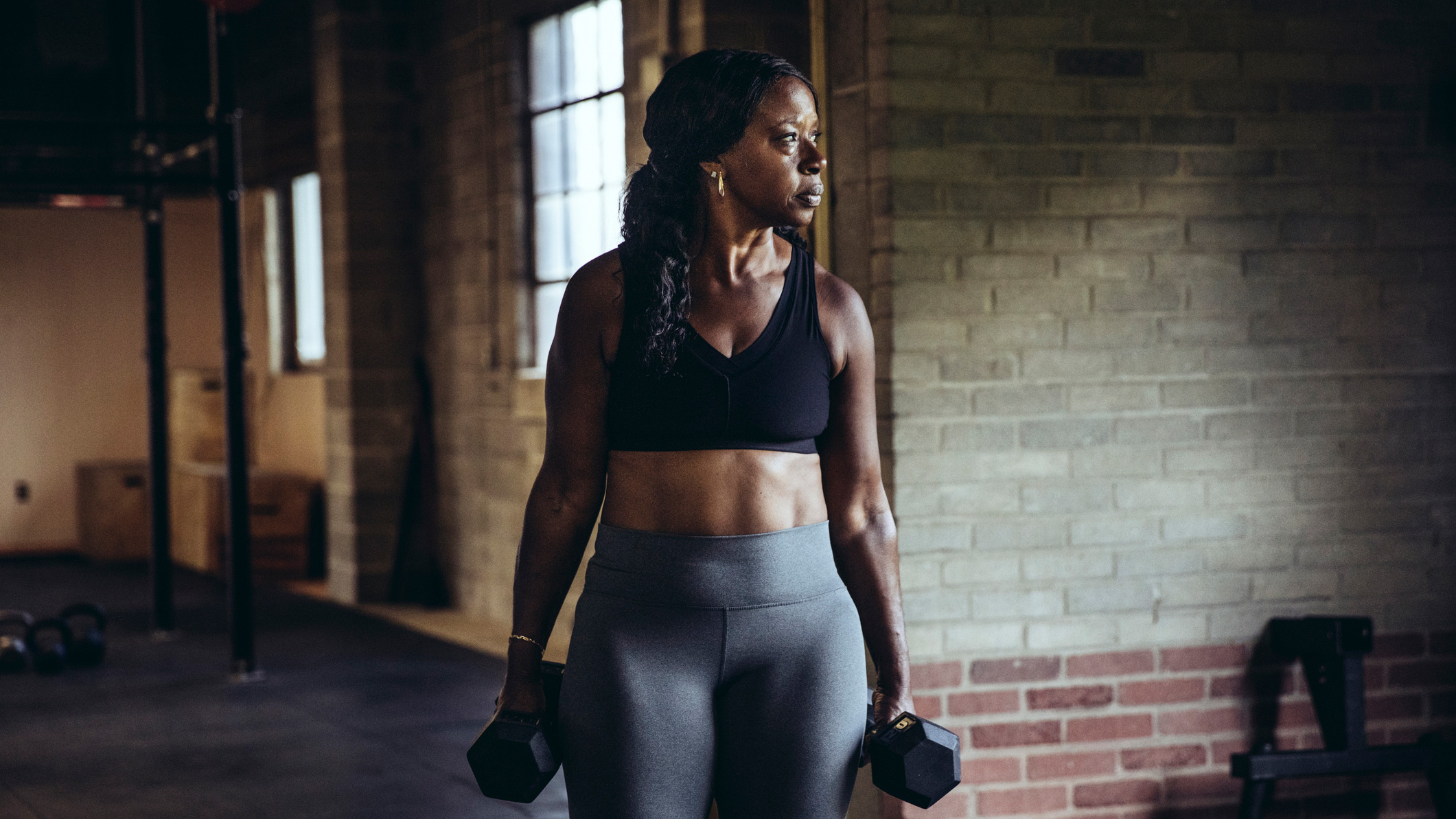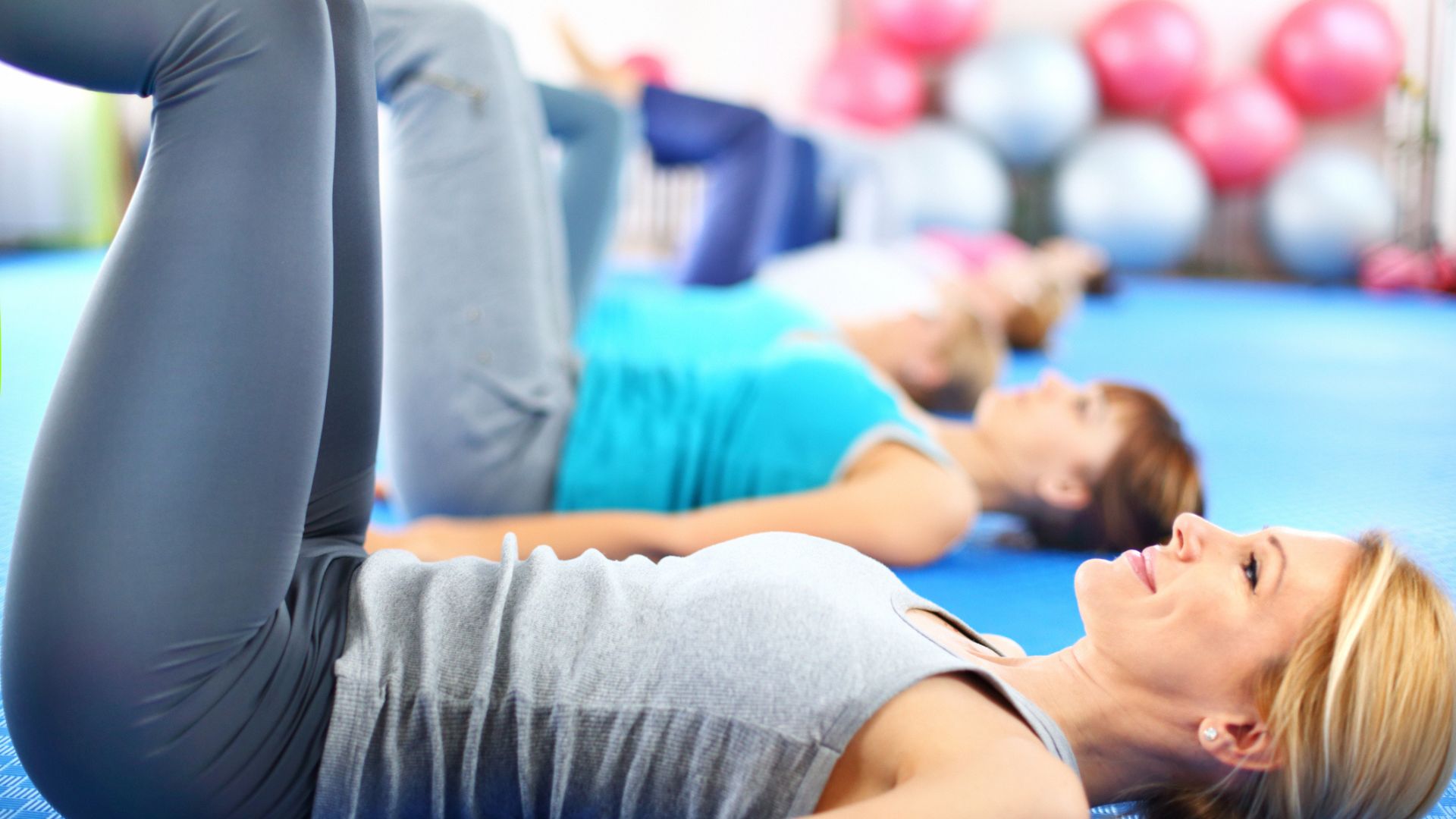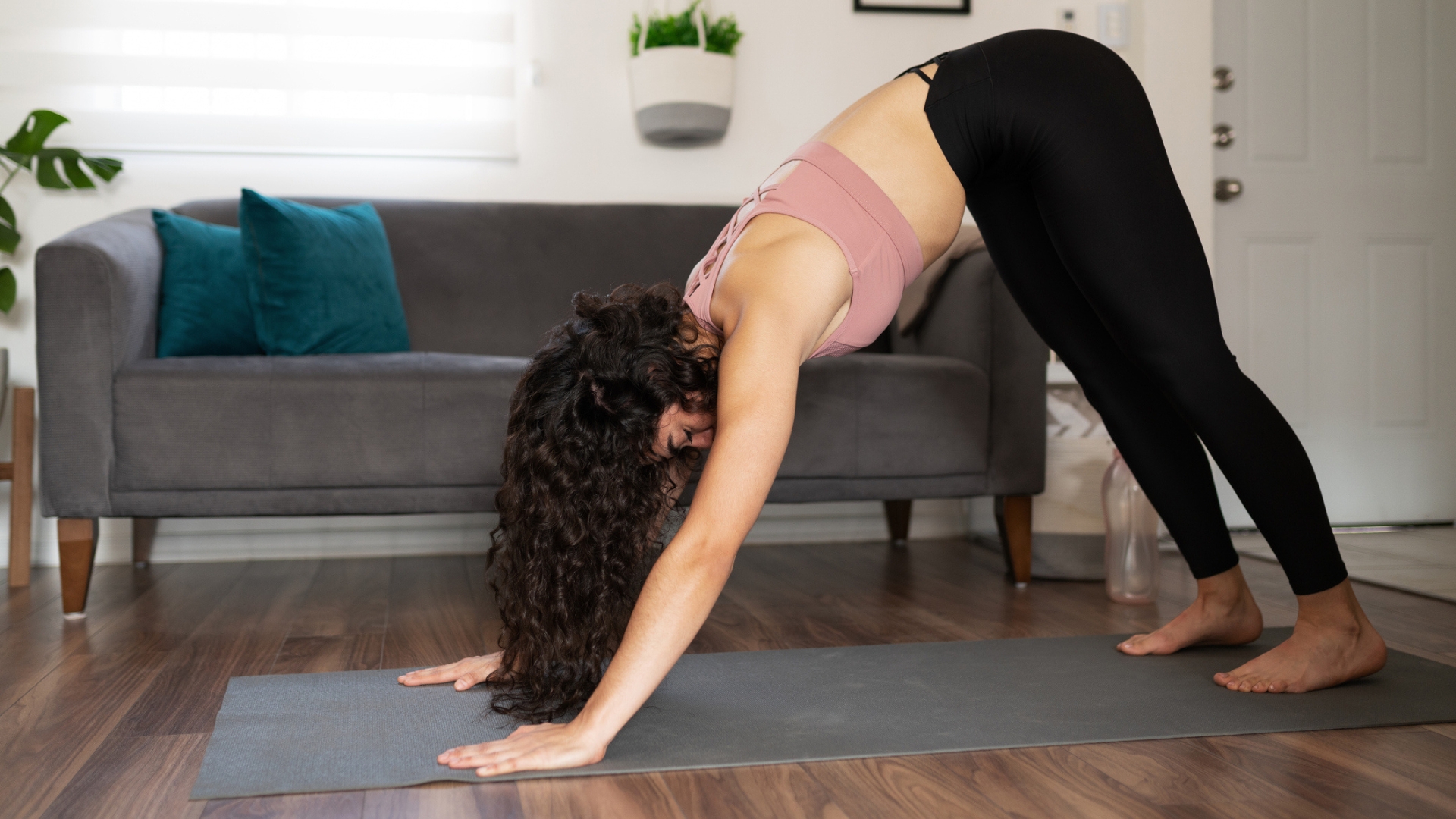Want to build muscle? You don’t have to exhaust yourself in the gym
Training to failure has long been though of as a great way to build muscle in the gym, but new science says otherwise


Have you ever exercised to the point where your muscles simply give out? If you're lifting weights in the gym, it's quite common to see people failing to complete their third or fourth set of barbell curls or dumbbell rows as their muscles just give out. However, far from feeling as though this is a bad thing, many exercisers set out to fail, as they think it's one of the best ways to build muscle.
"Training to failure" with resistance training kit like the best adjustable dumbbells or best resistance bands is a common weightlifting strategy. It's even done with calisthenics moves such as push-ups and squats. Training until you can train no more is, to many people, the sign of a job well done, a sign of pushing their muscles to the max.
However, new science says you might be doing yourself a disservice by setting out to exhaust yourself every time.
Japanese researchers, publishing their findings in the Journal of Strength and Conditioning Research, tested people performing squat exercises: once with a set number of reps and sets, and again two weeks later, performing the same exercise to failure. The researchers found there were higher levels of blood lactate and growth hormone released during failure training, both of which correlated with increased muscle growth.

But that's not the whole story. Researchers also found an increased amount of cortisol, otherwise known as the "stress hormone". This not only causes our bodies to hold onto fat, but it could also prevent optimal muscle growth. Perceived feelings of soreness also increased, potentially preventing future sessions.
In addition, a meta-analysis of failure training released last year looked at all the available data and concluded it "does not seem to be required" to build strength and muscle effectively.
The MMA coach and head trainer Firaz Zahabi once said in an interview he's "a big believer in never feeling sore" except for the occasional fitness tests or competition preparation. By working out lighter, and more often, he trains more than somebody who goes all out and takes several days to recover. Volume wins over intensity.
Get the Fit&Well Newsletter
Start your week with achievable workout ideas, health tips and wellbeing advice in your inbox.
Watch Firaz Zahabi's interview here:
You can apply the same principle for your training, no matter the discipline: go out there, have fun, and stop while you're still feeling good. Zahabi says "training should be fun" and people feel anxiety around exercise when they beat up their bodies. "Make your workouts a 7/10," he says, "and do them as often as you like."
Whether you're still learning how to do a push up or you're a seasoned veteran of the squat rack, feel free to give yourself permission to stop while you feel good and show up tomorrow looking forward to your fitness.
Matt Evans is an experienced health and fitness journalist and is currently Fitness and Wellbeing Editor at TechRadar, covering all things exercise and nutrition on Fit&Well's tech-focused sister site. Matt originally discovered exercise through martial arts: he holds a black belt in Karate and remains a keen runner, gym-goer, and infrequent yogi. His top fitness tip? Stretch.
-
 A Pilates instructor says this is the beginner-friendly core exercise everyone should try
A Pilates instructor says this is the beginner-friendly core exercise everyone should tryForget crunches, this is the perfect foundation move
By Alice Porter Published
-
 Prevent poor posture and release tension from sitting down with these four simple stretches from a yoga instructor
Prevent poor posture and release tension from sitting down with these four simple stretches from a yoga instructorThe daily poses he swears by, no matter what
By Alice Porter Published